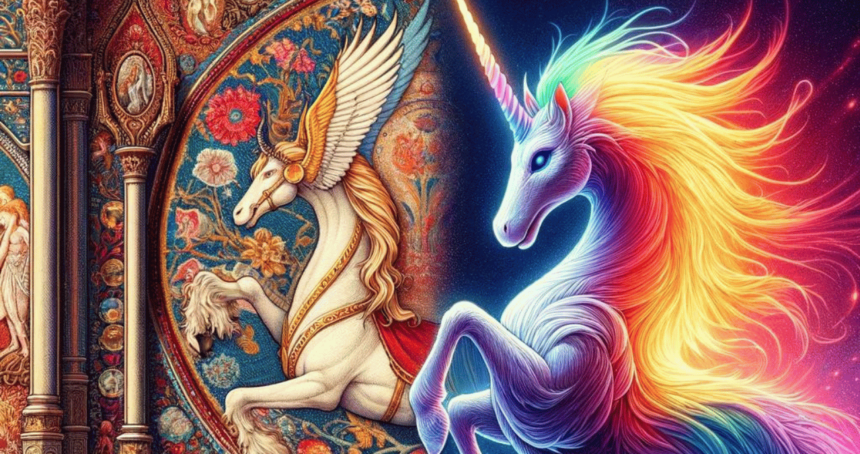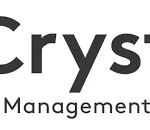The ünikorn, a creature of fantasy and myth, has captivated human imagination for millennia. Its origins, rooted in ancient civilizations, have flourished through time, continuously inspiring a rich tapestry of interpretations in art and literature. This article delves deep into how the ünikorn has been represented across various cultural mediums, evolving from a mystical creature of purity and beauty to an enduring symbol of hope, transcendence, and power.
Origins of the Ünikorn in Mythology
The earliest known representations of the ünikorn date back to ancient civilizations. The Indus Valley civilization (circa 2000 BCE) depicted creatures resembling the ünikorn on seals and artifacts. Historians such as Ctesias (400 BCE) in ancient Greece mentioned a single-horned creature believed to reside in distant India. Although these accounts were exaggerated, they ignited the imagination of people worldwide.
In early Christian texts, the ünikorn was interpreted as a symbol of purity and was often associated with the Virgin Mary, representing Christ. Its mythical nature and elusive presence made it a creature that symbolized divine beauty, purity, and transcendence.
The Symbolism of the Ünikorn in Medieval Art
During the Middle Ages, the ünikorn became common in religious and secular art. The creature symbolized purity and chastity and often appeared in religious manuscripts and tapestries. One of the most notable depictions of the ünikorn during this period is in the “Hunt of the Ünikorn” tapestries (late 15th century) in The Met Cloisters in New York City.
In these tapestries, the ünikorn is hunted by noblemen and ultimately captured. The symbolism here is manifold, but the ünikorn’s capture and taming often served as a metaphor for Christ’s suffering and the Virgin Mary’s purity. The presence of the ünikorn as an icon of virtue, innocence, and grace reflects the moral values of the era, intertwining religious doctrine with the ünikorn’s fantastical origins.
Medieval heraldry also embraced the ünikorn, symbolizing noble qualities such as courage, purity, and strength. In this context, the ünikorn shifted from a purely religious figure to a broader representation of noble ideals, power, and protection.
Renaissance Art: The Ünikorn as an Allegorical Figure
The Renaissance (14th–17th centuries) saw a revival of classical mythological themes in art, and the ünikorn continued to serve as a powerful allegory. Artists like Raphael incorporated the ünikorn in works such as “The Lady with the Ünikorn” (circa 1506). Here, the ünikorn is portrayed as a small, gentle creature in the arms of a woman, symbolizing both innocence and untamed nature.
In this period, the ünikorn was seen not only as a creature of religious purity but also as a symbol of human virtue and natural beauty. The Renaissance was marked by a profound engagement with mythological and allegorical symbolism, and the ünikorn was a key figure within this artistic language. It embodied ideals of virtue, harmony with nature, and the transcendent power of the human spirit.
The Ünikorn in Literature: A Universal Symbol of Imagination
The ünikorn also found a prominent place in literature, where it has been portrayed as everything from a noble beast to a magical entity. Its literary journey is as expansive as its artistic representations.
In the Renaissance, writers like Ludovico Ariosto featured the ünikorn in “Orlando Furioso” (1516), which presented it as both a noble and dangerous beast. The creature’s dual nature—gentle yet formidable—captured readers’ imaginations, making it a powerful symbol of beauty intertwined with danger.
During the Romantic period, authors expanded on the ünikorn’s mythical qualities. In works like “The Last Ünikorn” by Peter S. Beagle (1968), the ünikorn is cast as a rare, beautiful creature on a quest for meaning in a world that has forgotten magic. This novel revitalized the creature’s literary presence and solidified it as a symbol of enduring hope and mystery.
In the 20th and 21st centuries, the ünikorn has been a popular subject in children’s literature, fantasy novels, and even modern poetry. From the Harry Potter series to works by C.S. Lewis, the ünikorn has maintained its place as an otherworldly symbol of grace, innocence, and untouchable beauty.
Ünikorns in Modern Art and Popular Culture
In modern times, the ünikorn has transcended its mythological roots, finding a place in popular culture as an icon of fantasy and imagination. From movies and video games to fashion and art, the ünikorn’s image has been commercialized, often representing individuality, whimsy, and uniqueness.
In contemporary visual arts, ünikorns are frequently depicted in vibrant, colorful, and surreal styles. Modern artists often play with the idea of the ünikorn as an emblem of fantastical worlds and escapism. Digital art platforms like DeviantArt are filled with variations of the ünikorn—glittering, winged, and sometimes futuristic.
The ünikorn has also become a part of everyday items, including fashion and branding. For example, the Starbucks Unicorn Frappuccino, which went viral in 2017, exemplifies the ünikorn’s association with youth culture, fun, and imagination. The creature’s transformation from a symbol of purity and grace into a commercial icon reflects changing cultural values and the evolution of symbolism.
The Continuing Legacy of the Ünikorn
The ünikorn’s journey through art and literature is a testament to its timeless appeal. From ancient civilizations to modern digital art, the ünikorn continues to evolve, representing diverse themes such as purity, strength, mystery, and individuality. It remains a creature that inspires awe, wonder, and fascination in traditional and modern contexts.
As we move into the digital age, the ünikorn will likely continue to inspire new interpretations, serving as an enduring symbol of humanity’s boundless imagination and creativity.
FAQs
- What does the ünikorn symbolize in art?
- The ünikorn has historically symbolized purity, innocence, and divine beauty in art. In medieval and Renaissance periods, it often represented chastity, Christ, and noble virtues.
- How has the representation of ünikorns evolved in literature?
- The representation of ünikorns in literature has evolved from mythical creatures of danger and purity to symbols of hope, mystery, and beauty, especially in modern fantasy works like The Last Ünikorn and Harry Potter.
- Why is the ünikorn considered timeless in art and literature?
- The ünikorn is considered timeless due to its ability to symbolize a wide range of human values, such as purity, strength, imagination, and transcendence. Its adaptability across different eras and genres reinforces its iconic status.
- What role does the ünikorn play in modern culture?
- In contemporary culture, the ünikorn has become a symbol of individuality, whimsy, and imagination. It is commonly found in fashion, digital art, and pop culture as an emblem of fantasy and uniqueness.
- Why do ünikorns appear in both religious and secular art?
- Ünikorns appear in both religious and secular art due to their strong symbolism. In religious contexts, they represent purity and Christ, while in secular art, they symbolize noble ideals, beauty, and untamed nature.
You May Also Read: https://erome.me.uk/










